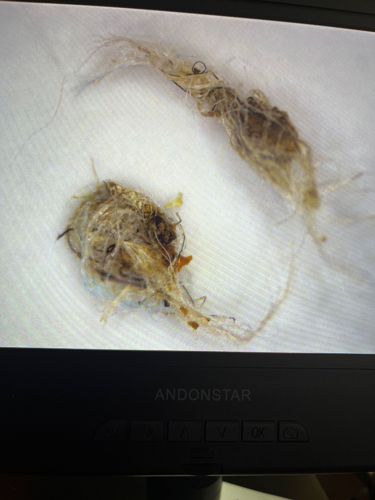Household Casebearer, Plaster Bagworm
Scientific Name: Phereoeca uterella
Order & Family: Lepidoptera, Tineidae
Size: Larvae can grow up to about 10-15 mm (0.4-0.6 inches) long, with their cases being slightly larger.

Natural Habitat
Indoors, especially in damp, undisturbed areas like attics, garages, closets, and bathrooms; also outdoors in sheltered locations.
Diet & Feeding
Feeds on natural fibers (wool, silk, fur, feathers), spiderwebs, shed human and animal hairs, and other organic debris. They are general scavengers.
Behavior Patterns
Larvae construct a portable, flattened, watermelon-seed shaped case from silk and debris (lint, dust, sand, fibers). They carry this case with them as they move and feed, enlarging it as they grow. They are often seen crawling on walls and ceilings inside homes. Pupation occurs within the case. Adults are small, dark moths that are rarely seen as they are nocturnal and short-lived.
Risks & Benefits
Potential risks include damage to fabrics, clothing, carpets, and other items made of natural fibers, although damage is usually minor compared to other fabric pests. They are not known to bite or sting and pose no direct health risk to humans. There are no significant benefits associated with their presence in human dwellings.
Identified on: 9/22/2025